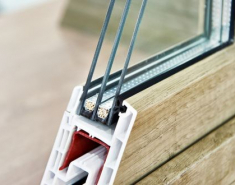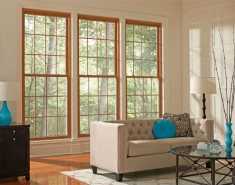What this study says about replacing windshields for vehicles with driver-assist safety features
Camera calibration – which is required after replacing windshields on cars that offer advanced driving assistance systems (ADAS) – is just as efficient using aftermarket replacement windshields as it is with original equipment manufacturer (OEM) windshields, according to a new study by Belron Canada.
For Canadian auto insurers, the results of Belron’s study would mean the removal of a potential barrier to using aftermarket windshield replacements for vehicles offering ADAS. That would make a windshield repair claim less costly for an insurer, since aftermarket parts are generally less costly than using OEM parts.
‘’In recent months, some vehicle manufacturers publicly hypothesized that the ADAS camera calibration [which is mandatory after most windshield replacements] could be less efficient when performed on an aftermarket windshield than on an OEM windshield,” said Stéphane Ouimet, Belron Canada’s national manager of technical services and processes.
‘’Given Belron’s leadership in camera calibration of advanced driving assistance systems and our willingness to offer our insurance partners and consumers the safest driving conditions without paying more for OEM windshields when not beneficial, we deemed it our responsibility to mandate an independent research centre to test the performance of camera calibration on OEM vs. OEE [Overall Equipment Effectiveness, or aftermarket] windshields.”
Replacing a car windshield these days is far more complex than simply exchanging one pane of glass for another. Cameras and sensors are built into the glass to allow the car to gauge its surroundings; this is crucial to safety features such as brake assist, lane departure warnings, and park assist.
When windshields with these sensors are replaced, a mandatory calibration process checks to make sure the sensors and cameras in the glass are aligned and functioning properly.
PMG Technologies (PMG), the only laboratory that conducts compliance testing and research on vehicles for Transport Canada, conducted 150 tests between Oct. 11-17, 2018. Seventy-five tests each were conducted on two of Canada’s best-selling family vehicles — a 2017 Subaru Outback and a 2017 Honda CR-V.
“The test results showed that the replacement of an original windshield (OEM) by an equivalent windshield (OEE) for the camera calibration had little to no effect on the forward automatic emergency braking (brake assist) (FAEB) and lane departure warning (LDW) ADAS features,” Belron noted in a press release announcing the results.
One in three new cars to be sold in Canada this year will be fitted with a front-camera-enabling ADAS technologies, citing data and projections made available by SBD Automotive. That would suggest 3.7-million cars will have this technology by the end of 2019, representing nearly 15% of all the vehicles on the road in Canada.
Source: https://bit.ly/2lwUDgc









